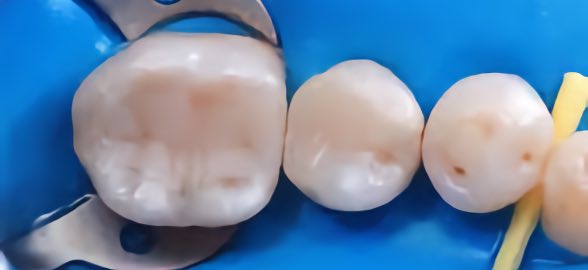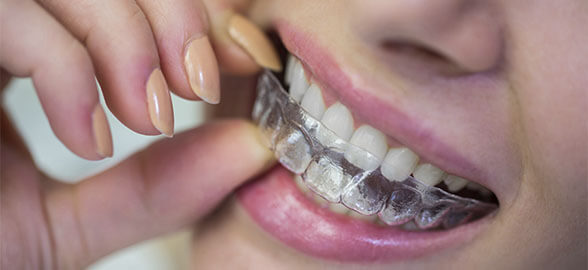The digital transformation in dentistry isn't the future, but the present. This innovation in patient care, diagnosis and treatment brings comfort and safety to both patients and dental professionals. Like many others, the sector is becoming increasingly aware of the effectiveness of the latest generation of dental technology. So what should dental clinics that have not yet jumped on the bandwagon do? What are the benefits of embracing digital dentistry? We have all the answers.
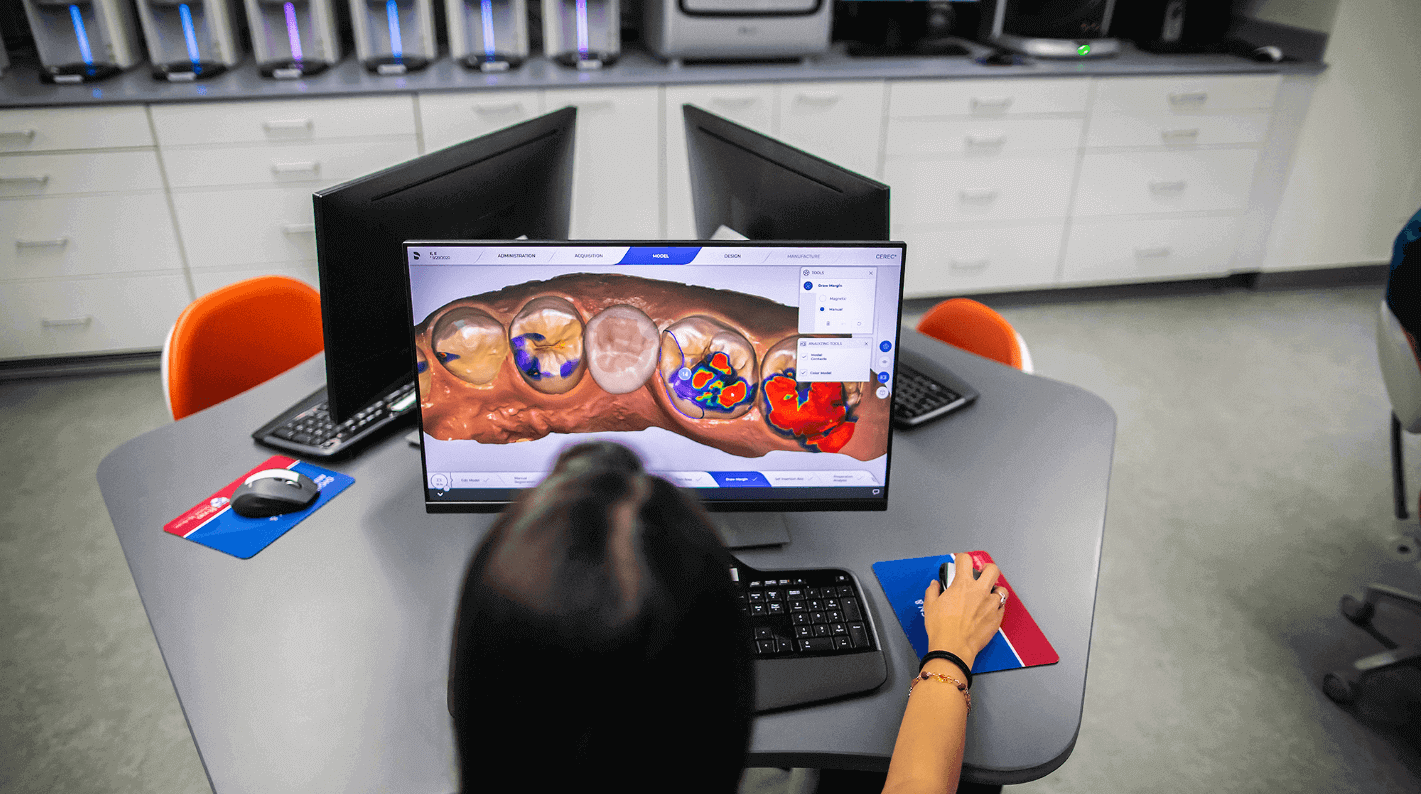
How can we implement digital transformation in dentistry?
Digitalisation of dentistry is an extraordinary weapon of communication with patients, who feel less reluctant to express their concerns thanks to these advances. And how can we digitalise a dental practice to make the most of this vital feedback? To start off, you must connect with your patients through as many channels as possible, even before they make an appointment.
We're referring to the Patient Experience, which is improved through digital marketing actions via newsletters, tools such as Whatsapp or social networks. Appointment confirmation, a complete virtual tour showing the facilities and professionals, competitions, oddities... All these ideas help to attract new patients and retain those who already rely on you. Another advantage of using these digital channels is that you'll be taking care of the planet. This will be clearer if you read our blog post How can paper consumption be reduced in your dental practice?
Don't forget, too, that it's an investment that pays off in the long-term, as having both these communication tools and the latest technological equipment for diagnosis and treatment is a recoverable investment (sometimes even in the short-term). This second group of solutions concerns the digital treatment experience. Here we come across everything from the equipment necessary to carry out radiological tests (OPG, 3D CBCT scanner, etc.) to the scanning of the oral cavity in order to dispense with the classic conventional impressions.
What is digital workflow in dentistry?
Throughout this topic, we must not overlook the concept of digital workflow in dentistry. This is a work system that facilitates the dentist's work, from patient records to the creation of the diagnosis through processing the information using specific software, designing the treatment solution (CAD) to the physical creation of this solution (CAM).
We're focussing specifically on CAD/CAM software, the best representation of what is now considered the new technologies in dentistry. The dentist uses it to trace the digital flow through the three phases we have already mentioned: digitisation, design and production.
What are the digital tools for dental diagnosis and treatment?
Primarily, we have the CBCT cone beam tomography machines, which provide images of the entire maxillofacial area thanks to the penetration of ionising radiation into the tissues.
If you are looking for a good starting point to make your dental practice digital, we recommend the Bondent 3D-1020 CBCT scanner, a state-of-the-art device with high image quality and intelligent anti-artifact technology.
Bondent 3D-1020S: Intelligent Dental CBCT Scanner
The Bondent Intelligent CBCT scanner features intelligent noise reduction, aiming to solve the intrinsic deficiency of conventional panoramic radiology: distortion, overlapping.
- Intelligent 3D panoramic technology
- Powerful and professional OnDemand3D processing software enables practical communication between dentists and patients.
- The arbitrary view of the MPR interface offers more accurate tomography image analysis.
- Powerful 3D rendering: Ability to observe general anatomical structures, airways and bones.
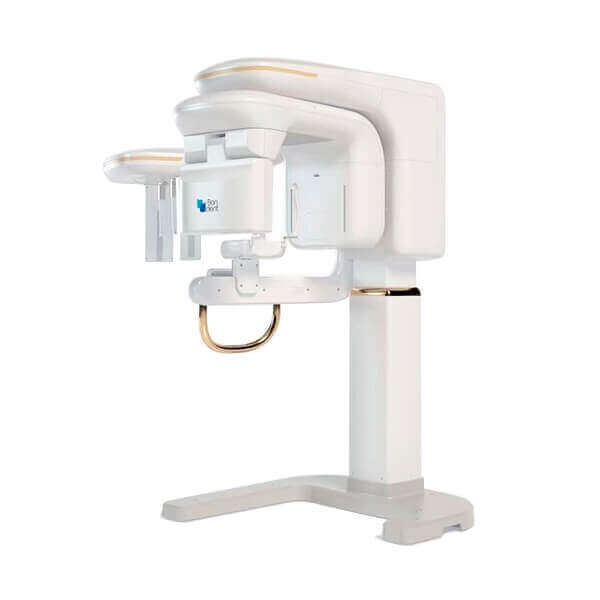
View Bondent 3D-1020S Smart Dental Scanner
On the other hand, there are dental scanners, which can be intraoral or extraoral. The latter, present in laboratories, are used to digitise plaster models and impressions. With the intraoral scanner, we can create a three-dimensional digital file of the oral cavity to work on.
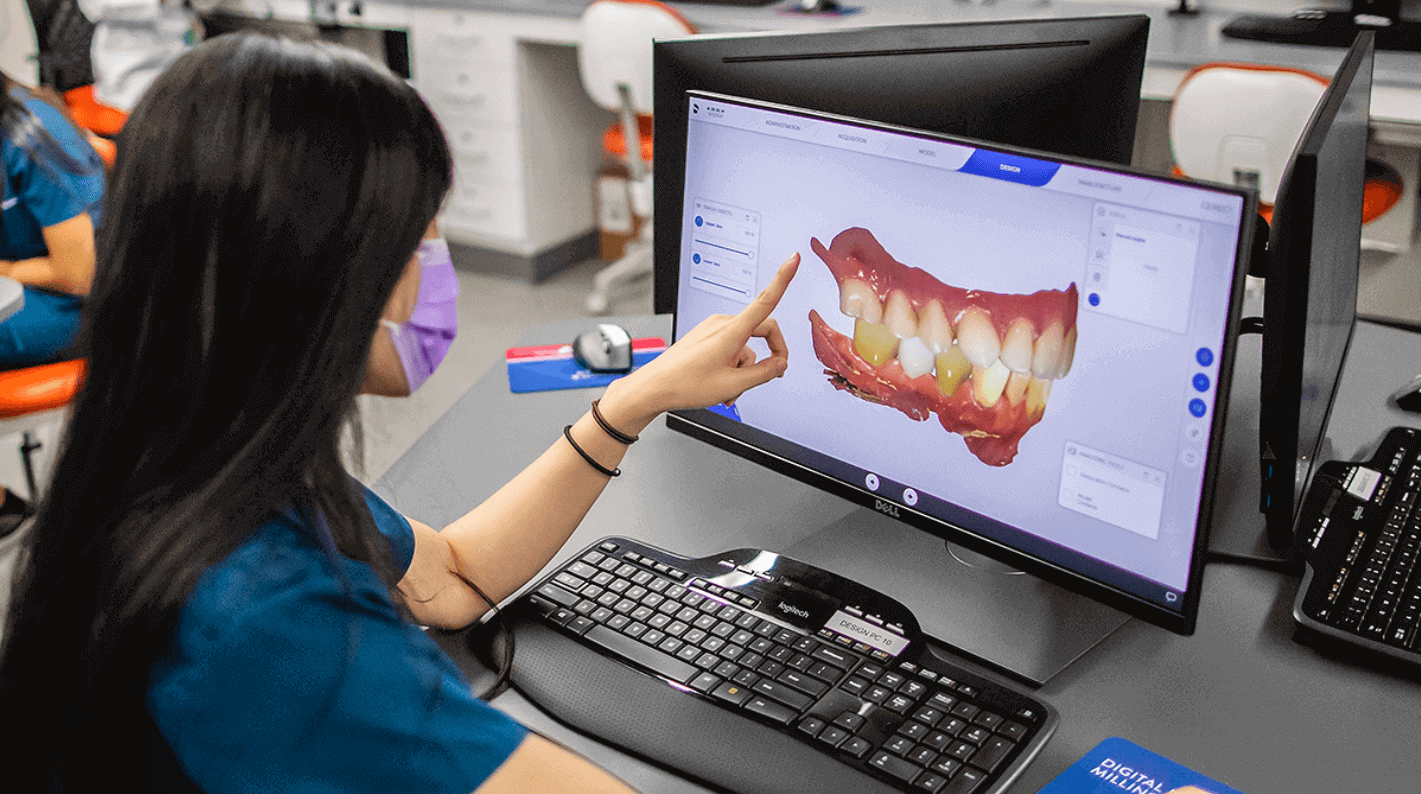
Source: Penn Today
Let's move on to the design or CAD phase. Here we find, among others, the smile design and spectrophotometry software and the design of prostheses or surgical guides. In the manufacturing or CAM stage, there are various techniques we need to mention. On the one hand, subtractive manufacturing (electroerosion and laser ablation) and additive manufacturing. This group includes fused deposition modelling (FDM), stereolithography (SL), selective laser sintering (SLS), direct metal deposition (DMD) and electron beam selective melting (EMB), to name but a few examples. It is important to note that the quality standards are very high in this system. In fact, oxidation or porosity is no longer a problem.
If you are reading this and thinking 'I'm already a digital dentist!', we can reassure you that you can buy your Ceramic Blocks or Zirconium Blocks for your CAD CAM milling machine.
If you do not yet have an intraoral scanner and are not sure about the benefits it can offer you, we suggest you to read our article Intraoral Scanner: How can it help in your dental practice? and to visit our Intraoral Scanners category.
What are the benefits for the patient who attends a digital dental clinic?
With all this information we have given you, it is easy to guess what advantages a patient who goes to a digital dental clinic will have over a traditional one. Here's a list of them:
- Comfort: Traditionally, dentists use silicone or alginate in trays to make moulds of the oral cavity. With today's technological mechanisms such as digital impressions, we avoid the discomfort that this procedure can cause the patient.
- Speed: The digital transformation of the dental clinic favours the reduction of time, not only in terms of consultations, but also in the treatment itself, thanks to the effectiveness and absence of human error.
- Satisfaction: The tailoring of treatment is more comprehensive than ever, so that the patient gets exactly the smile they want.
- Safety: The person who undergoes a dental procedure in an advanced clinic does so with peace of mind from the start, since the degree of planning that these technologies allow helps to predict the final result. In other words, the patient knows in advance what the result will look like after the process. We call this feeling emotional dentistry.
Digital tools undoubtedly help to build patient loyalty. From streamlining appointment management and continuous client contact to making your staff's work easier, increasing your practice's recruitment potential and improving customer satisfaction, your practice will win in every way if you go digital. Go for it!
Thank you for reading our article. We hope you enjoyed it! If you want to keep up to date with the latest technologies in the dental sector, we look forward to seeing you on our social networks. And if you have any questions or if we can help you with anything, just contact us - we'd be delighted!
See you soon!



